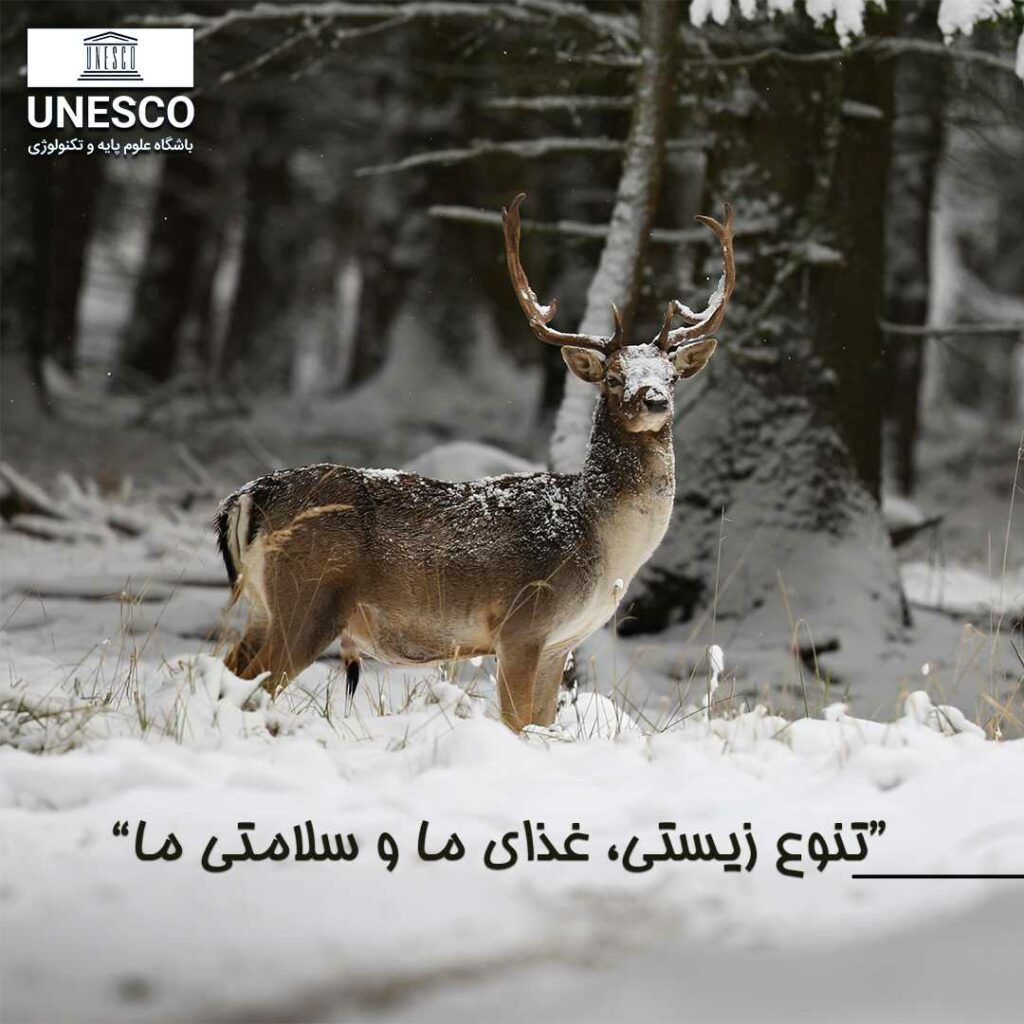As one of the four-season countries in the world, Iran has an unparalleled biodiversity. This biodiversity is due to the existence of different climates, from high mountains and lush forests to vast deserts and plains, which has led to a diverse flora (plant collection) and faun (animal collection) throughout the country. This biodiversity is valuable not only for the Iranian environment, but also for the entire planet. However, this natural treasure is on the verge of being lost and requires urgent measures for protection and restoration.
Iran’s Biodiversity: A Treasure in Danger
With more than 8,000 plant species and 500 animal species, Iran is one of the most important countries in terms of biodiversity in the world. From the Hyrcanian forests in the north to the Zagros forests in the west and the central deserts, each region of Iran has unique ecosystems that host its own plant and animal species. However, this biodiversity is declining for various reasons.
Threats to Iran’s Biodiversity
1. Illegal trade in wild animals and plants:
Illegal trade in wild animals and plants is one of the biggest threats to Iran’s biodiversity. Many animal species such as the Asiatic cheetah, yellow deer, and medicinal plants are at risk of extinction.
2. Land use change:
The conversion of natural lands into residential, industrial, and agricultural areas has caused the loss of natural habitats. These changes are especially evident in the outskirts of cities and agricultural areas.
3. Encroachment on natural areas:
Illegal construction, road construction, and mining activities without regard for the environment have caused the destruction of natural habitats.
4. Excessive extraction of natural resources:
Excessive extraction of agricultural lands, groundwater, and other natural resources has reduced the quality of soil and water and threatened the life of plant and animal species.
5. Environmental pollution:
Increasing population and industrial activities have increased air, water, and soil pollution. These pollutions directly affect the health of ecosystems.
6. Overexploitation of flora and fauna:
The excessive use of plants and animals for commercial, medical, and recreational purposes has caused a decrease in the population of many species.
Strategies for protecting biodiversity
To preserve and restore Iran’s biodiversity, we need serious and coordinated measures at the national and international levels. The following are some of these strategies:
1. Enacting enforceable laws
Governments should enact strong and enforceable laws to protect natural resources. These laws should include bans on illegal trade in animals and plants, restrictions on land use change, and heavy penalties for environmental destruction.
2. Increasing public awareness
Increasing public awareness about the importance of biodiversity and the negative impacts of human activities on the environment can help change behaviors and reduce environmental destruction. Environmental education should be expanded in schools, universities and the media.
3. Participation of local communities
Local communities play a key role in protecting biodiversity. By involving these communities in conservation programs and providing economic incentives, the necessary incentives for environmental protection can be created.
4. Sustainable development in the agricultural and industrial sectors
The agricultural and industrial sectors should minimize their impacts on the environment. Using sustainable agricultural methods, reducing water and energy consumption, and recycling materials are among the measures that can help preserve biodiversity.
5. Restoration of ecosystems
Restoring degraded ecosystems is one of the important strategies for restoring biodiversity. This can include planting trees, restoring wetlands and protecting endangered species.
6. International cooperation
Biodiversity is a global asset and its protection requires international cooperation. Iran should cooperate with international organizations such as the United Nations Environment Programme (UNEP) and the International Union for Conservation of Nature (IUCN) to use international experiences and resources to protect its biodiversity.
Biodiversity: The Foundation of Sustainable Development
Biodiversity is vital not only for the environment, but also for the economy and society. Many industries such as agriculture, pharmaceuticals and tourism directly depend on biodiversity. Preserving this biodiversity can contribute to sustainable development and improve the quality of life of humans.
Impact of biodiversity on the economy
Many agricultural products, medicines and industrial raw materials are obtained from plants and animals. The loss of biodiversity can lead to a decrease in agricultural production, an increase in food prices and a decrease in the income of related industries.
Impact of biodiversity on human health
Many modern medicines are obtained from plants and animals. The loss of biodiversity can lead to a decrease in access to medicines and an increase in diseases.
Conclusion
Protecting Iran’s biodiversity is not only a national duty, but also a global responsibility. With serious and coordinated actions at the national and international levels, we can preserve this natural treasure for future generations. Let’s move the world towards a better change so that future generations can live in a sustainable and healthy environment.


